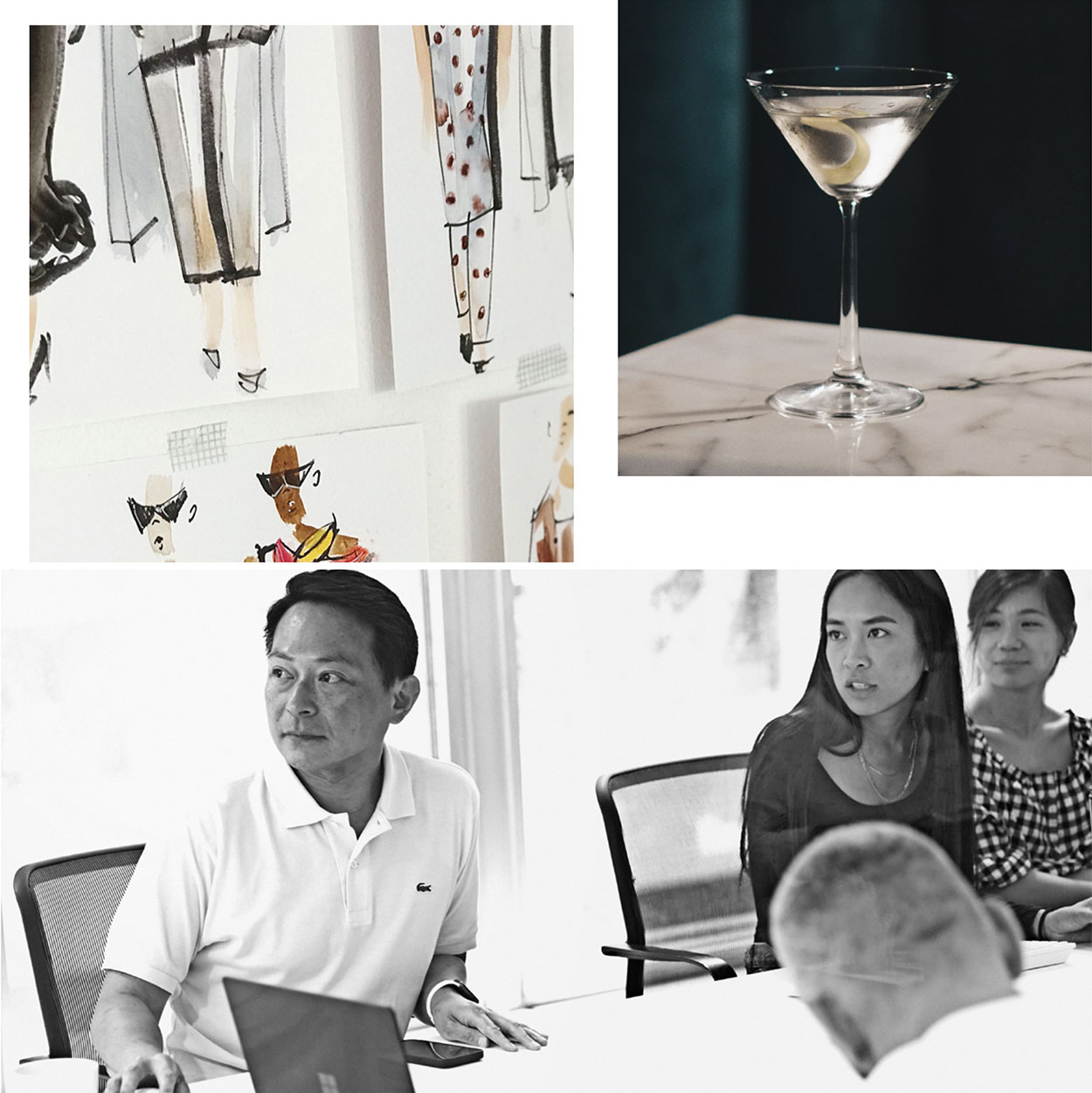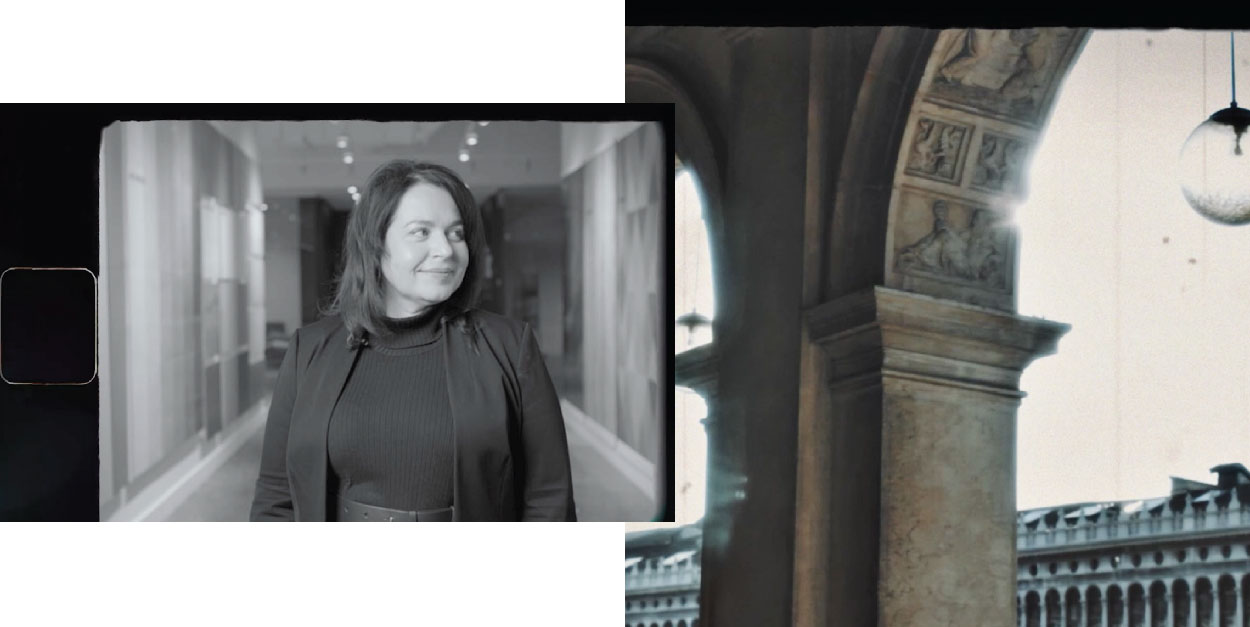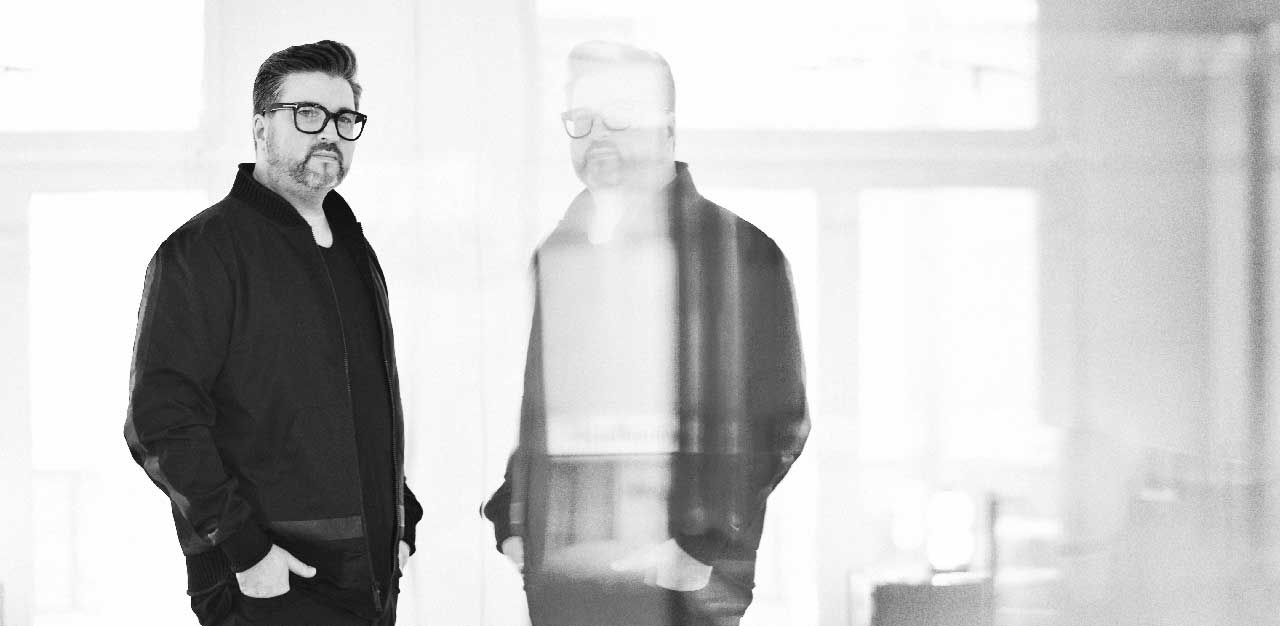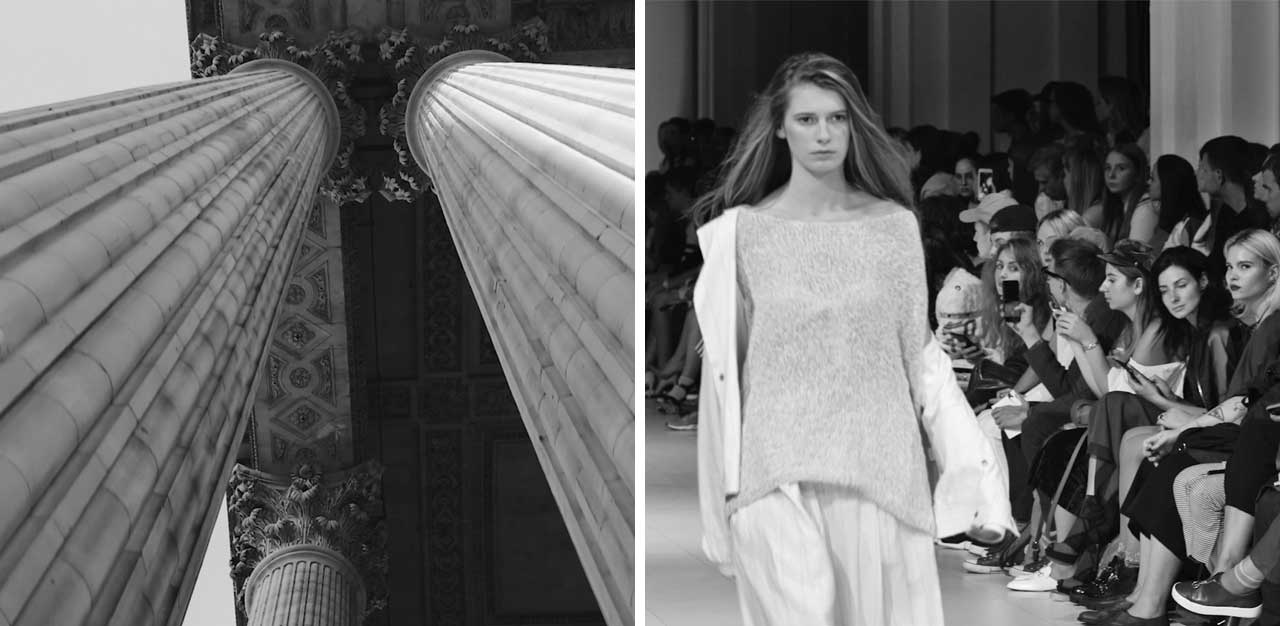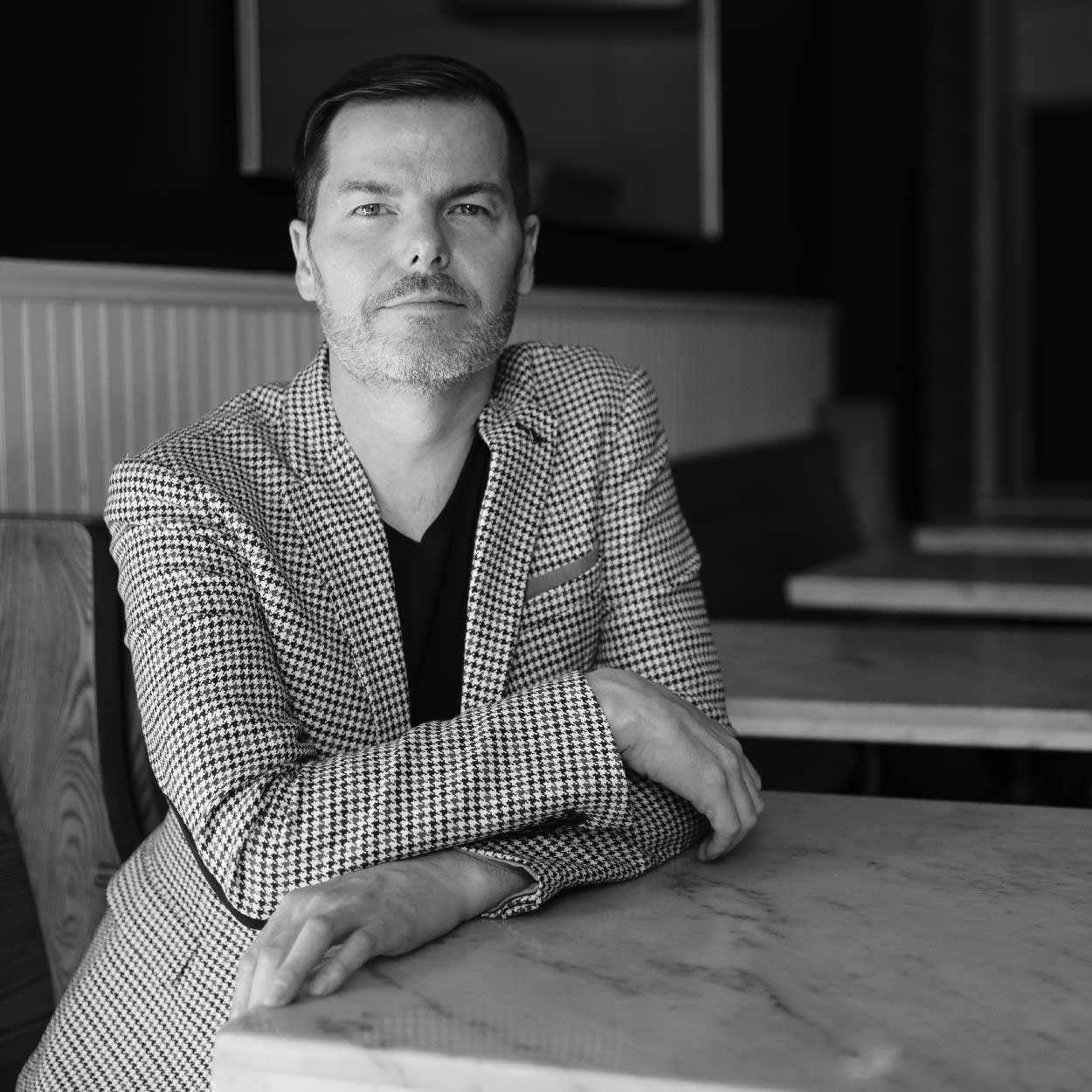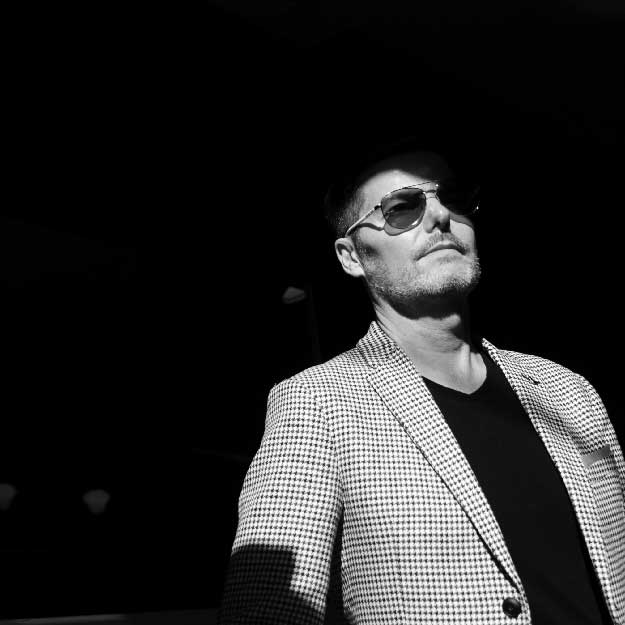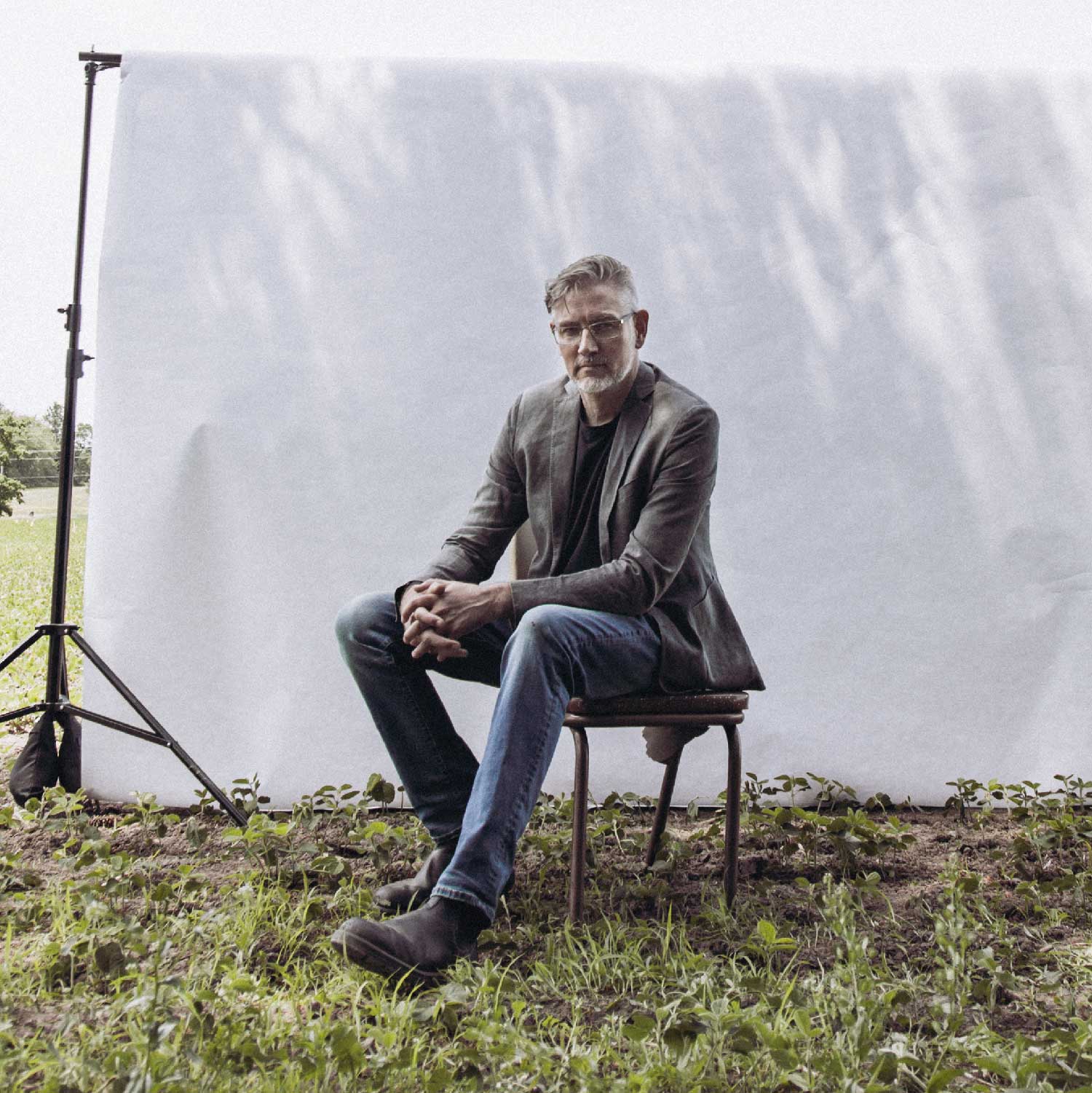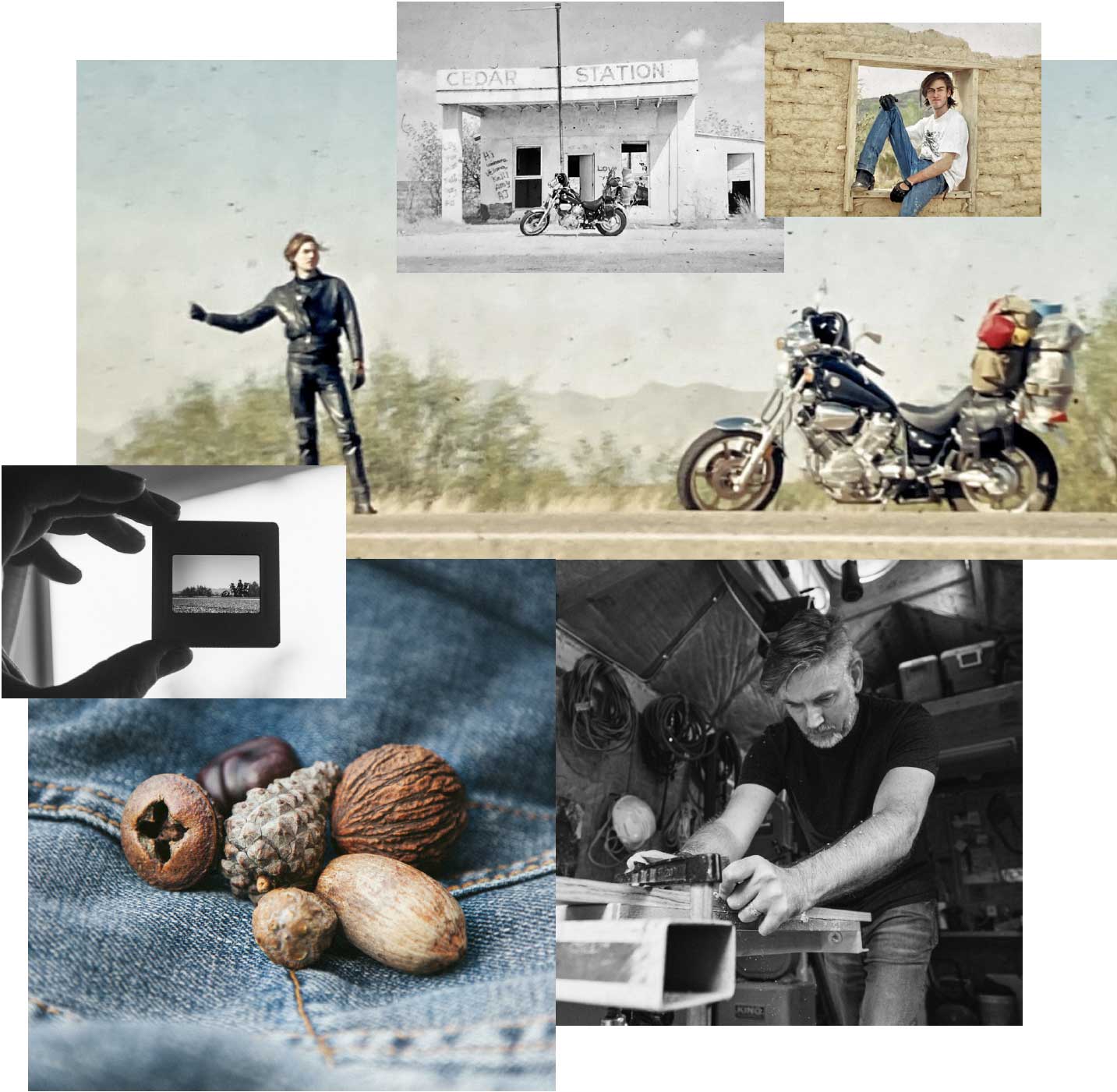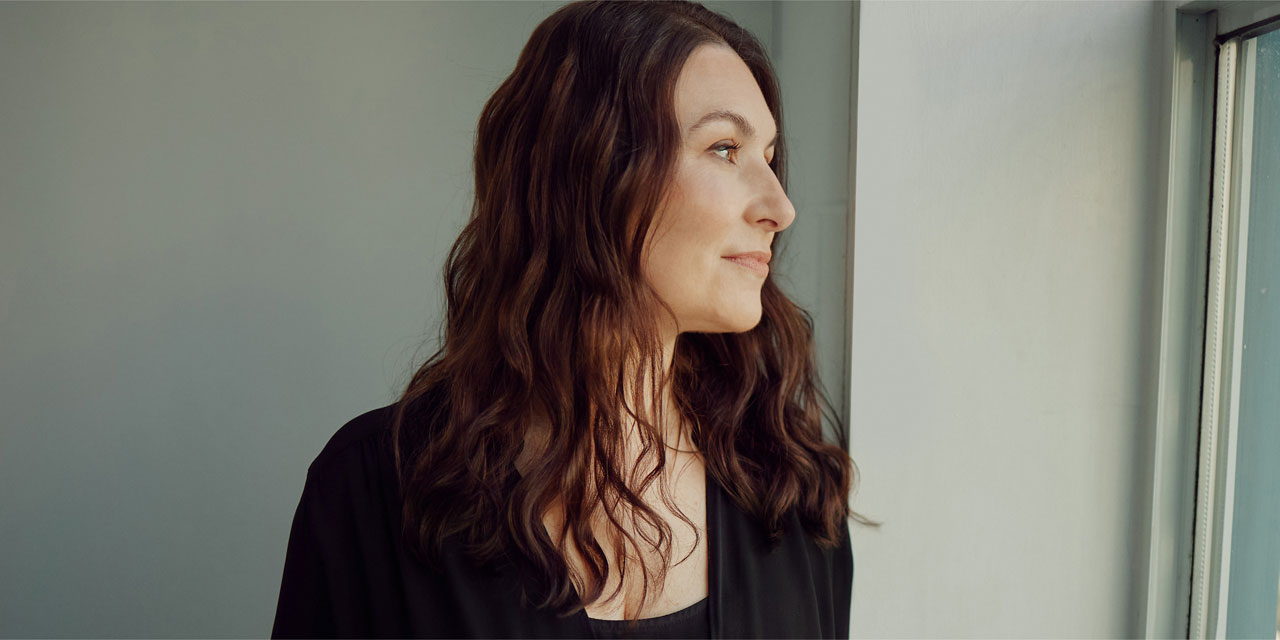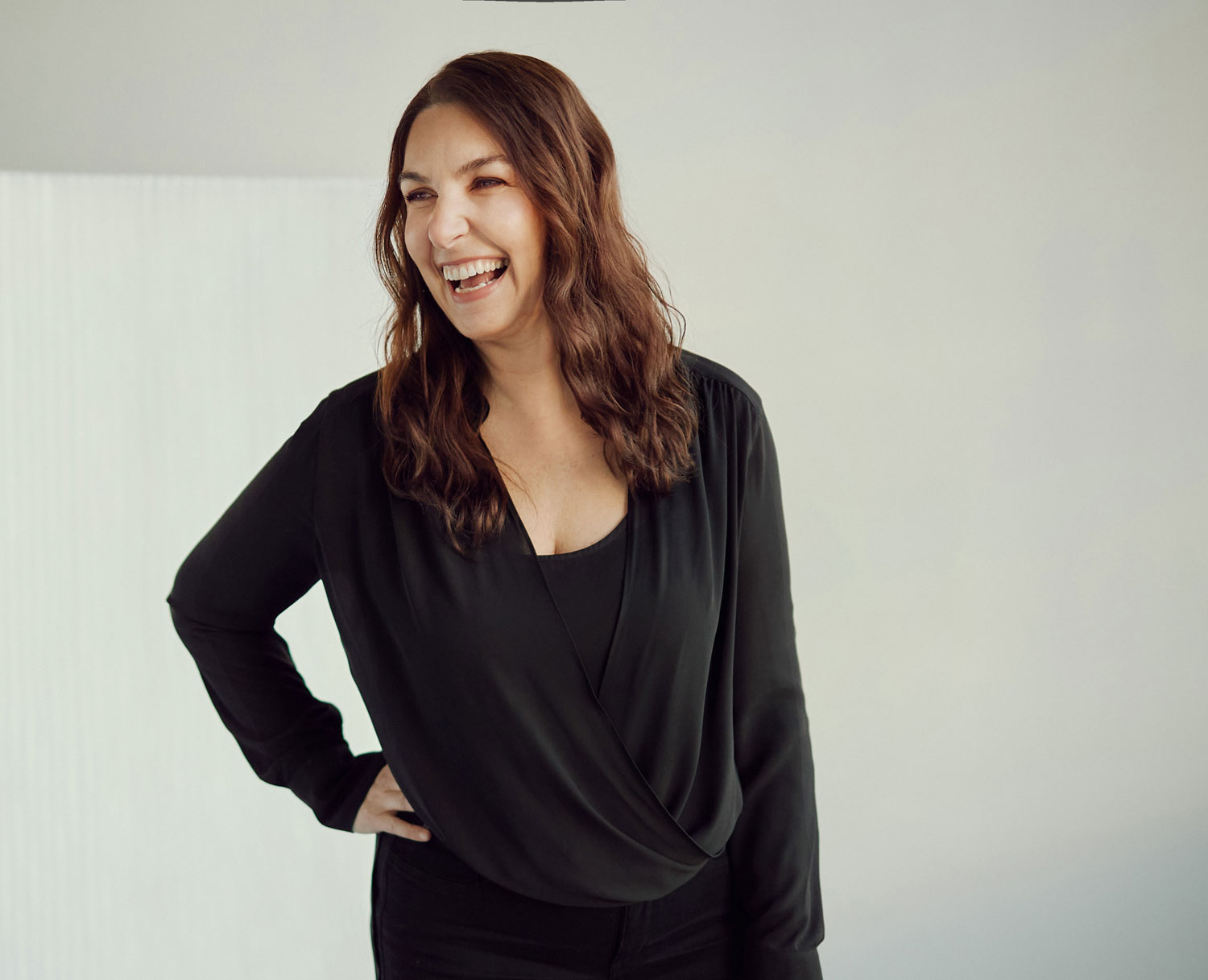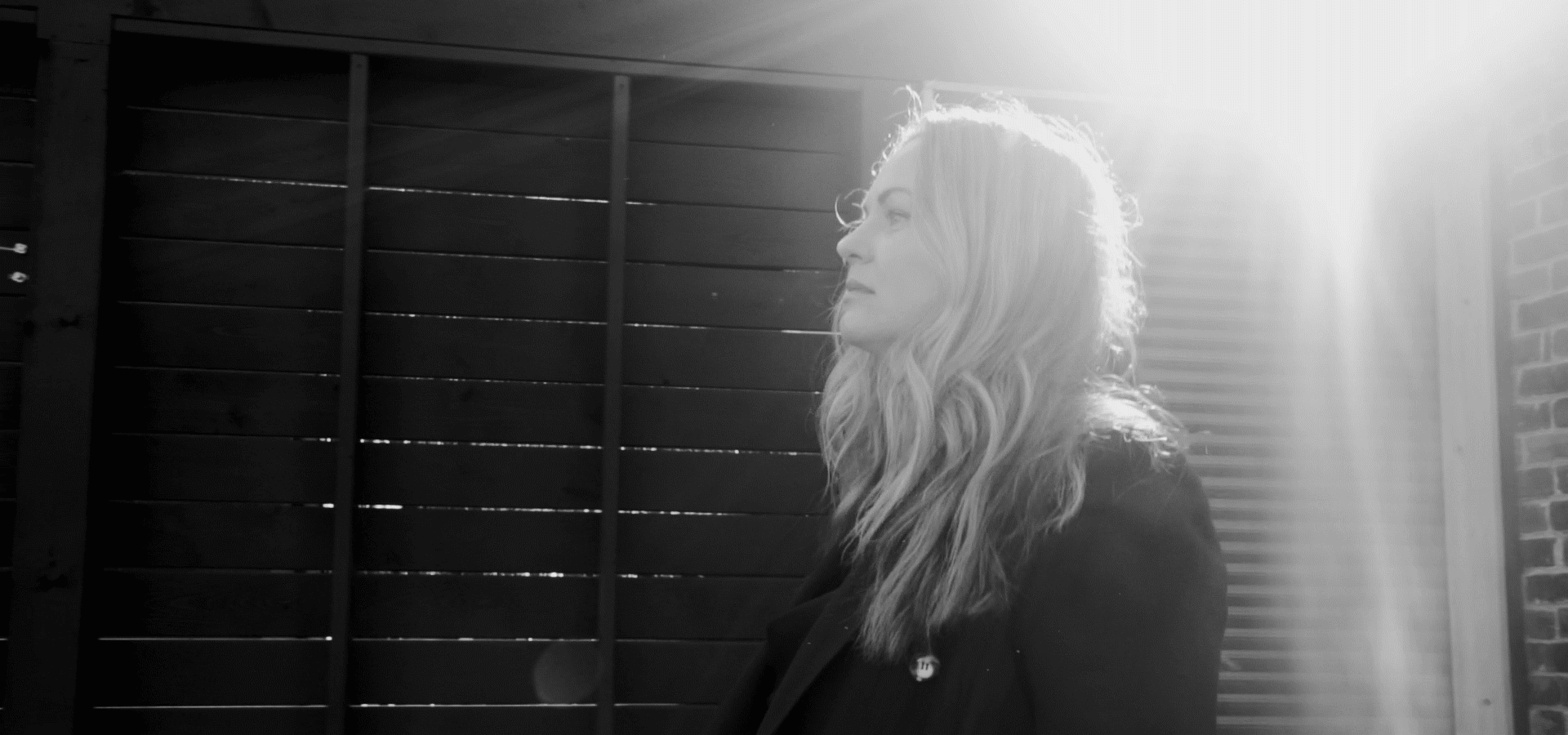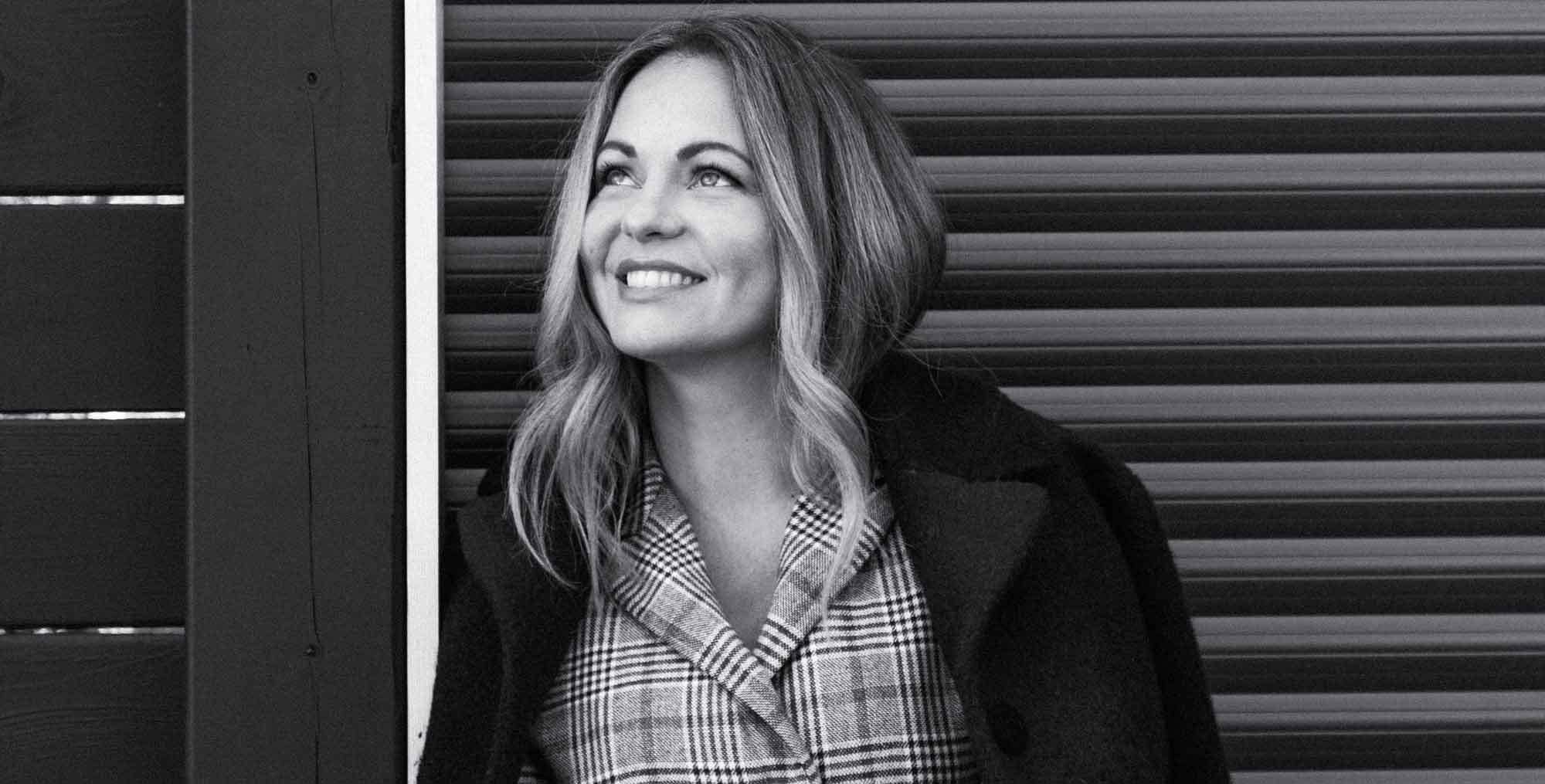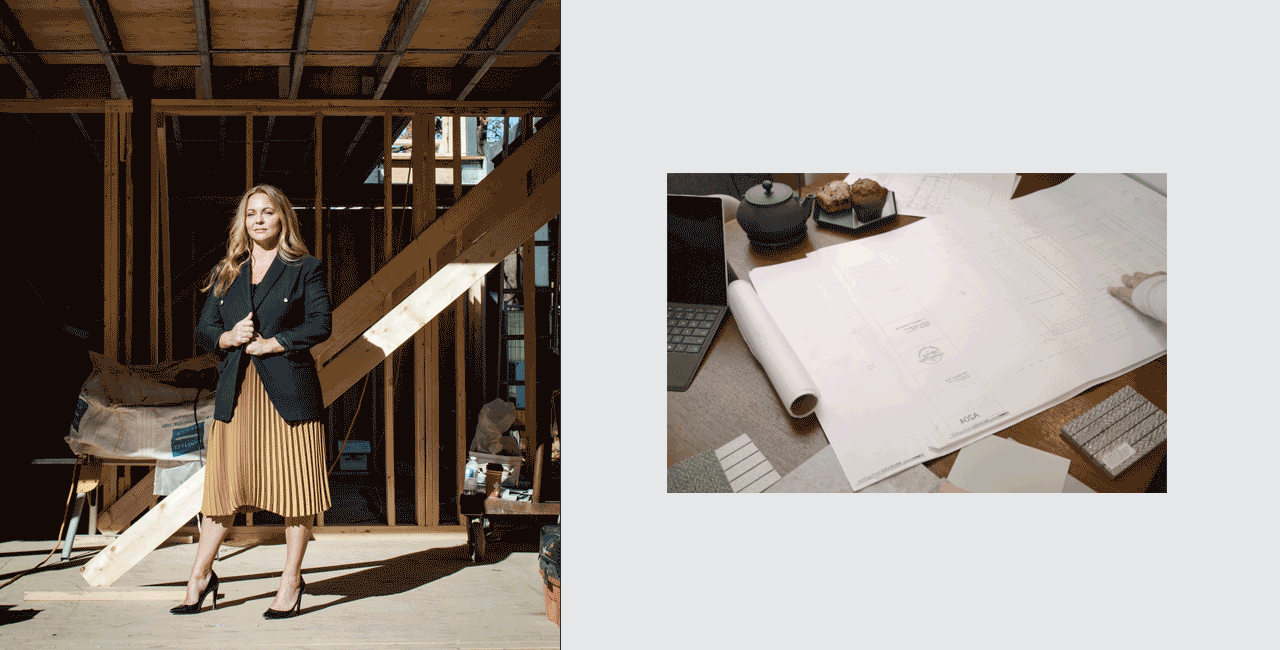TAMARA ROOKS:
LEADING WITH CHARISMA
Coming from a unique tapestry of cultures, Rooks was introduced to a diverse mix of influences from a young
age. Originally born in the Czech Republic to a Vietnamese mother and a Cuban father, the early years of
Rooks’ life were spent on her grandparents’ farm in Cuba. It was here that Rooks’ early creativity was fuelled
in clever ways by her Grandma. Together they would cut out paper dolls, with Rooks designing their paper
outfits herself, as access to the stencils found in magazines were not always available in Cuba.
After moves to Newsfoundland, British Columbia, and finally to Ontario, Rooks became very comfortable
with a sense of adaptability; a skill she now relies on in her day to day role as a Designer and Creative Director.
“I’m good at taking on the next challenge and seeing something new for what it is,” notes Rooks. “You always
have to keep going and look at every opportunity as something amazing.”
Having always been very artistically inclined, Rooks believes that inspiration can come from anywhere:
whether it be an early interest in fashion sparked by her seamstress mother, a pull to interior design from
watching popular home-renovation shows, or now travelling to her and her husband’s home countries to
relax and replenish themselves. When Rooks sought a more practical application for her creativity outside
of painting and sculpture, it was a high school interior design class that inspired her to other forms of artistic
expression, like graphic design. Subsequently earning her BA in Interior Design from Humber College–while
balancing work and fighting the ripple effects of the 2007 recession–Rooks’ tenacity and drive paid off in
the form of a coveted role at Figure3.
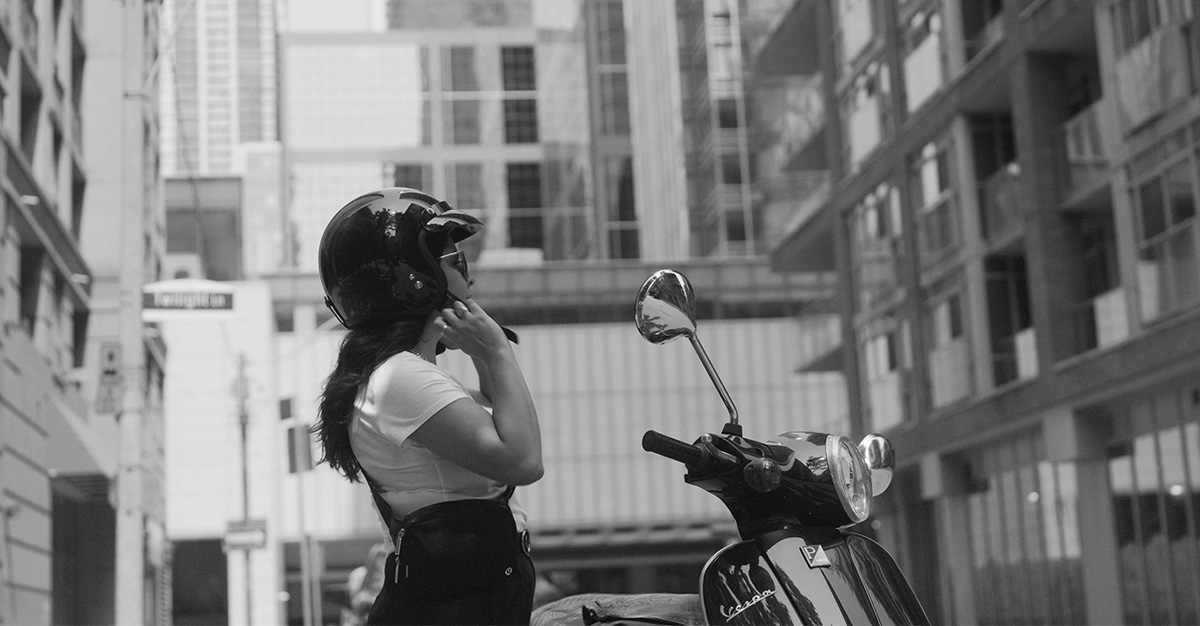
“Communication skills are huge when it comes to a role as an interior designer. The confidence, the positive energy; there’s something about Tamara and her charisma which we know is needed in the industry. It’s what clients are attracted to, and Tamara has that.”
/ Suzanne Wilkinson, Principal, Figure3
Familiar with the exceptional work coming from Figure3, Rooks was thrilled to join this growing team. For
Figure3 Principals, Eric Yorath and Darryl Balaski, the feeling was completely mutual. Having met Rooks
previously in a more casual setting, Yorath and Balaski were so charmed by Rooks that, in addition to
encouraging her to join the firm, they also brought up her name in internal conversations, including to fellow
Principal Suzanne Wilkinson. While Rooks may be hesitant to boast about her natural ease with others, her
fellow Figure3 partners are not. “As soon as the clients meet her, they are charmed by her,” agrees Wilkinson.
“Obviously the work is amazing as well, but it’s the combination of being relatable, non-threatening, very
talented, having lots of charisma, and being articulate – all at the same time.” Figure3 quickly saw these
attributes shine through socially, and knew they needed to capture it to bring these talents to their
in-house team.
Coming up on her seventh year with Figure3, Rooks is now transitioning into her newest role as Creative
Director, Workplace, and embracing all parts of the complex cycle of design. “It’s one of my favourite things
about design,” shares Rooks. “There’s not a lot of jobs where you can start off with a concept and an idea,
and then see it in a built environment where you can actually touch it, feel it, and see people interact with
the space the way you intended. There’s a full sensory expeience that not a lot of other avenues can offer.”
A master of adaptability, Rooks can go from from the studio, to a boardroom, to a site visit, and off to a
glamorous cocktail party, all in the course of one day. This challenging, ever-changing focus, flipping from
creative work to client-facing and back again, is matched perfectly with Rooks’ unrelenting drive, and a
passion for collaboration. “You can’t design if you don’t know who you’re designing for, and who you’re
designing with.” Rooks thrives while working, interacting, and connecting with people on a deeper
level–getting to know clients so they feel confident in their design process, and teaching team members
how to build and deliver concepts so they too can excel within Figure3 and the design industry at large.
Though her role as a Creative Director now gives Rooks more leadership and authority to represent
Figure3 as a designer–something she admitted will take some getting used to–she is still looking to continue
her own growth through her close mentorship with Wilkinson and other Figure3 directors. Described as an
active, natural leader, Rooks works hard to promote and share the encouraging culture she has experienced
through her progressive time with Figure3, focusing on creating an inclusive environment for her team
members where they are growing, learning, and intentionally seeking that sense of collaboration. As far
as goals or dream projects for herself professionally, Rooks simply but emphatically states:
“if I can, I want to try it all.”


